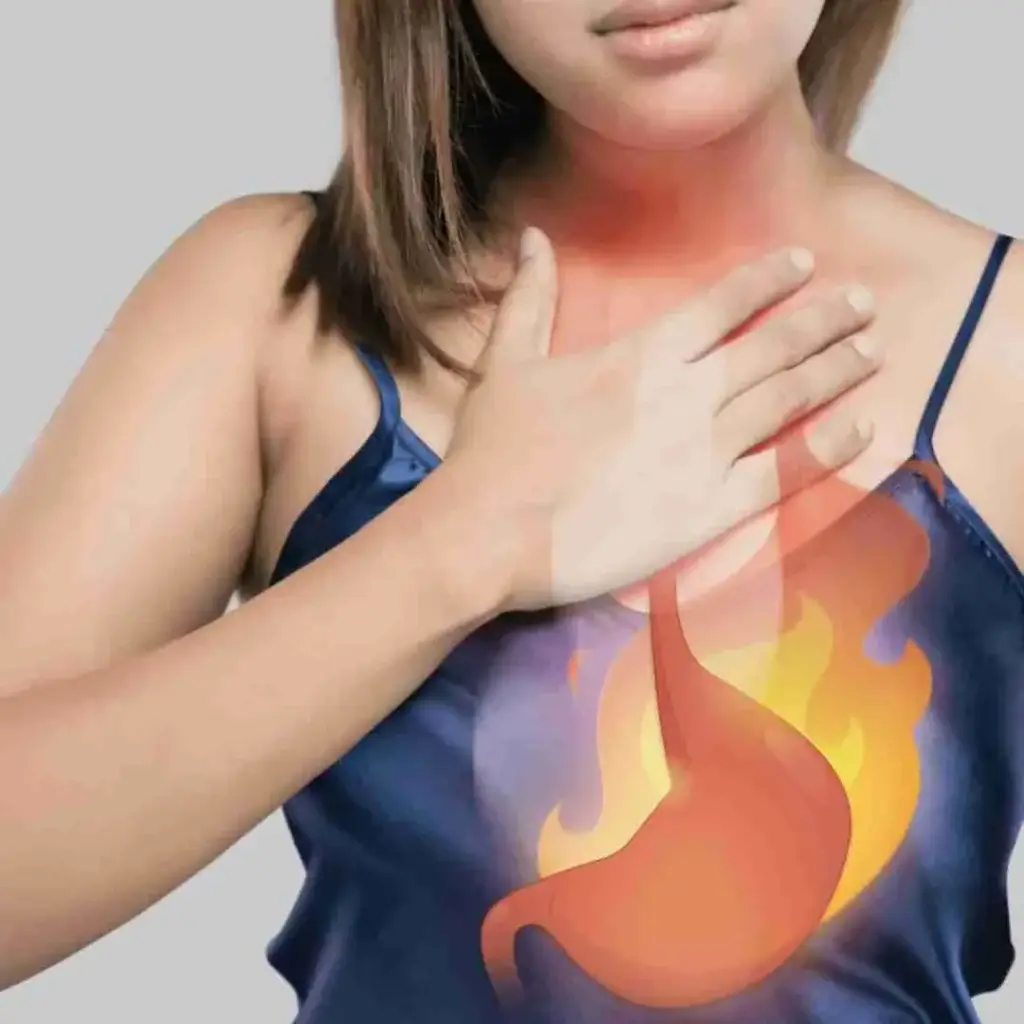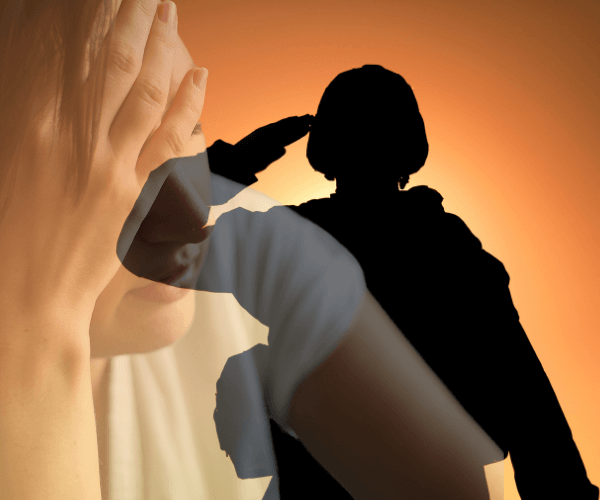WHAT TO DO IF SOMEONE HAS HYPOTHERMIA
SYMPTOMS & TREATMENT
With the tragic events in the aftermath of the earthquake in Japan, the survivors now face the additional threat of a serious nuclear disaster and radiation exposure from the potential reactor meltdown. But just making it through the day is a challenge with the frigid weather conditions and risks of “Hypothermia.” Thanks to the Mayo Clinic, here is some valuable information about this potentially life-threatening condition.
Hypothermia occurs when your body loses heat faster than it can make it, resulting in a drop of body temperature from normal of 98.6 degrees Fahrenheit (37 degrees centigrade) to below 95 degrees Fahrenheit (35 degrees centigrade).
This is most often (but not always) attributed to prolonged exposure to cold weather or immersion in cold water.
Some older people can develop the condition by being exposed to indoor temperatures that are low (say 55-60 degrees) that most younger people could easily tolerate.
Also hypothermia can occur in infants, causing them to become red in color and exhibit very low energy levels.
At these very low body temperatures, organs like the heart, kidneys and nervous system start to lose function. Untreated, this can lead to organ failure and eventually death.
The symptoms of Hypothermia are:
• Shivering – the body’s way of trying to generate heat
• Shallow and/or quick breathing
• Poor coordination
• Unclear thinking
• Low energy/drowsiness
The goal in hypothermic people is to use methods that will warm the body back up to normal body temperature by:
Avoiding jarring movements that may trigger cardiac arrest.
Moving the person out of the cold. Move the person to a warm, dry location if possible. If you’re unable to move the person out of the cold, shield him or her from the cold and wind as much as possible.
Removing wet clothing. If the person is wearing wet clothing, remove it. Cut away clothing if necessary to avoid excessive movement.
Covering the person with blankets. Use layers of dry blankets or coats to warm the person. Cover the person’s head, leaving only the face exposed.
Insulating the person’s body from the cold ground. If you’re outside, lay the person on his or her back on a blanket or other warm surface.
Monitoring breathing. A person with severe hypothermia may appear unconscious, with no apparent signs of a pulse or breathing. If the person’s breathing has stopped or appears dangerously low or shallow, begin cardiopulmonary resuscitation (CPR) immediately if you’re trained.
Sharing body heat. To warm the person’s body, remove your clothing and lie next to the person, making skin-to-skin contact. Then cover both of your bodies with blankets.
Providing warm beverages. If the affected person is alert and able to swallow, provide a warm, non-alcoholic, non-caffeinated beverage to help warm the body.
Using warm, dry compresses. Use a first-aid warm compress (a plastic fluid-filled bag that warms up when squeezed), or a makeshift compress of warm water in a plastic bottle or a dryer-warmed towel. Apply a compress only to the neck, chest wall or groin. Don’t apply a warm compress to the arms or legs. Heat applied to the arms and legs forces cold blood back toward the heart, lungs and brain, causing the core body temperature to drop. This can be fatal.
Not applying direct heat. Don’t use hot water, a heating pad or a heating lamp to warm the person. The extreme heat can damage the skin or induce cardiac arrest.
If left untreated, hypothermia can result in the following complications and eventually death:
Frostbite, or freezing of body tissues
Gangrene – decay and death of tissue resulting from an interruption in blood flow (possible complication of frostbite)
Chilblains – damage to nerves and small blood vessels, usually in the hands or feet after prolonged exposure to above-freezing, cold temperatures
Trench foot (immersion foot) – damage to nerves and small blood vessels due to prolonged immersion in water.
Therefore it is important to get medical help as soon as possible.
Health tips provided by Curt Hendrix, M.S. C.C.N. C.N.S and MigreLief


